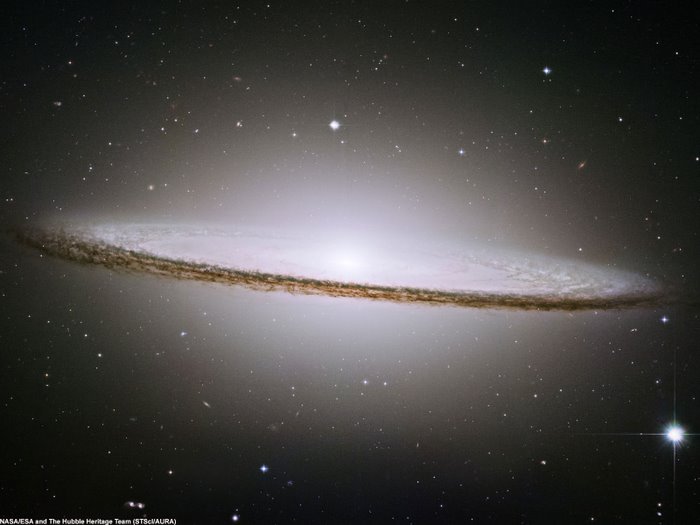The following post by Brian Greene offers additional (and very interesting) insight into the Higgs field and how fundamental particles derive mass. In short most of the mass that exists in everyday objects made up of atoms does not come from the Higgs field, but instead results from the nuclear forces inside of the atoms ("gluons"). Because energy and mass are interchangeable this energy imparts the vast majority of the mass to the particles that make up atoms.
Hi Everyone,
Following up on my somewhat cryptic statement on twitter (@bgreene), I want to briefly explain a point about the Higgs idea that, on a few occasions, I’ve seen incorrectly reported.
The Higgs field provides mass to fundamental particles like electrons and quarks, and that’s extremely important. But when it comes to the mass of ordinary matter such as you and me and trucks and baseballs, most of the mass does not arise from the Higgs field.
Ordinary matter is made from atoms, whose mass mainly comes from protons and neutrons—which, in turn, are each made from three quarks. But if you add up the masses of the quarks (whose mass comes from the Higgs) the total is only a few percent of the mass of a proton or neutron. So where does the bulk of the mass of protons and neutrons come from?
The answer comes from Einstein’s famous E = mc^2, written in the equivalent but more illuminating form m = E/c^2, where it establishes that energy (E) yields mass (m). The quarks inside a proton are held together by a kind of nuclear glue (“gluons”), and that glue that harbors significant energy. Indeed, most of the mass of protons (and neutrons) comes from that energy.
So, while the Higgs gives mass to the quarks and other fundamental particles, it’s the energy of the gluons that is responsible for most of the mass of the protons and neutrons, and hence the mass of familiar matter.
--Brian Greene







No comments:
Post a Comment